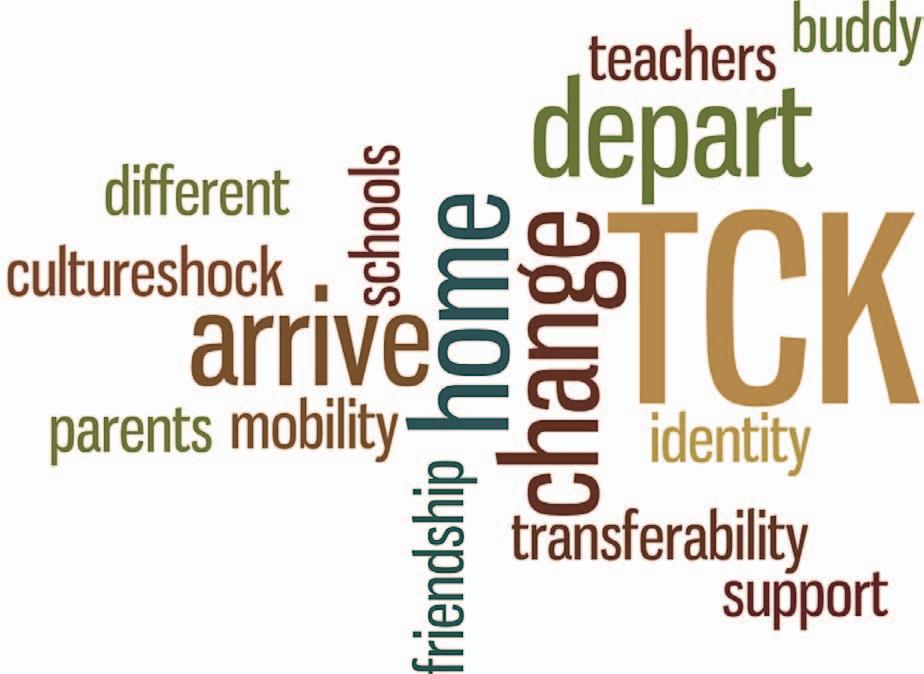Curriculum, learning and teaching
Developing intercultural competence in teachers It’s an ongoing process, says Sally Hirsch
Intercultural competence Intercultural competence focuses on the “interaction of an individual from one culture to another” (Cushner, 2011). Deardorff (2011) explains that the term intercultural is preferred over terms such as culturally aware or cross-culturally able as it “applies to anyone who interacts with those from a different background, regardless of location”. Cushner further describes
30
competence as being about appropriate and successful interactions that are a result of an individual’s cognitive, affective and behavioural skills. Intercultural competence is a step beyond being internationally minded as it describes a person who is not only culturally knowledgeable, but is also someone who can change their behaviour and communication to be culturally appropriate as required by the situation. Intercultural competence matters in teachers, since those working in international schools (in particular) have to be excellent code switchers. They are often moving between several cultures: their own, that of the host country and the culture of the school itself. We expect all teachers to be able to adjust their teaching strategies for students of different skill and knowledge levels. In international schools, teachers should also be able to adjust their teaching for students from different cultures. This includes being responsive to the cultural differences from parents that permeate communication style, expectations of the teacher, and expectations of the school. Teachers are at the front line of meeting the needs of the student, and developing curriculum that is culturally responsive. A teacher working in an international school won’t know how to develop and implement a culturally responsive curriculum if they don’t themselves have a high level of intercultural competence. Spring |
Autumn
Pick up a brochure for any international school and chances are you will find a statistic touting the number of nationalities represented in that school community. This number is seen as a marker for internationalism in a school but, like many things in life, quantity does not always equate to quality. Having 40 or more different nationalities does not necessarily mean that a school fosters international celebration, harmony and understanding. It doesn’t equate to a teaching staff who are responsive to the needs of a culturally diverse student body, and it doesn’t really provide an indication of the intercultural competence of the administration or school structure. Research has demonstrated that there is a positive impact on student learning when students experience a culturally responsive curriculum and are taught by teachers who are culturally aware (Oller, Vila, & Zufiaurre, 2012; Schellenberg & Grothaus, 2011; Sleeter, 2012). So how can international schools ensure that this happens?
| 2018



















